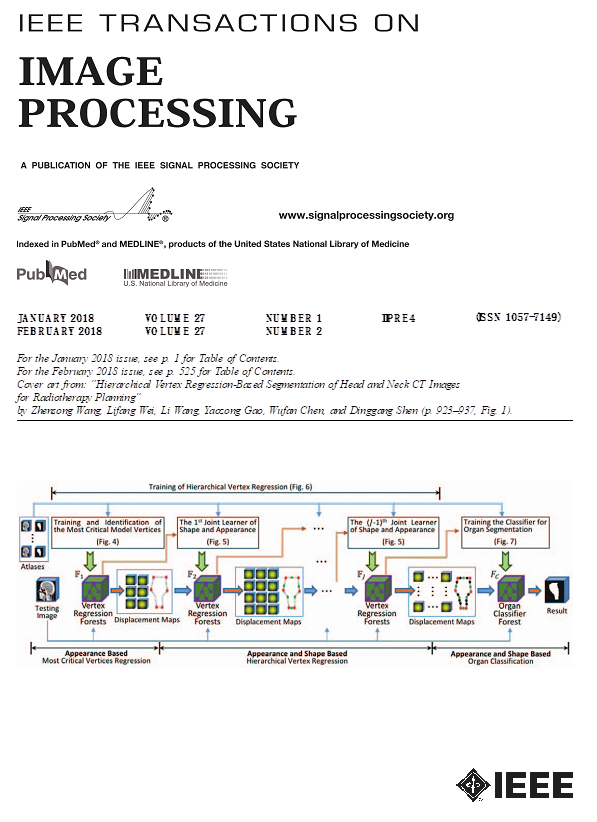UMCFuse: A Unified Multiple Complex Scenes Infrared and Visible Image Fusion Framework.
IF 13.7
1区 计算机科学
Q1 COMPUTER SCIENCE, ARTIFICIAL INTELLIGENCE
引用次数: 0
Abstract
Infrared and visible image fusion has emerged as a prominent research area in computer vision. However, little attention has been paid to complex scenes fusion, leading to sub-optimal results under interference. To fill this gap, we propose a unified framework for infrared and visible images fusion in complex scenes, termed UMCFuse. Specifically, we classify the pixels of visible images from the degree of scattering of light transmission, allowing us to separate fine details from overall intensity. Maintaining a balance between interference removal and detail preservation is essential for the generalization capacity of the proposed method. Therefore, we propose an adaptive denoising strategy for the fusion of detail layers. Meanwhile, we fuse the energy features from different modalities by analyzing them from multiple directions. Extensive fusion experiments on real and synthetic complex scenes datasets cover adverse weather conditions, noise, blur, overexposure, fire, as well as downstream tasks including semantic segmentation, object detection, salient object detection, and depth estimation, consistently indicate the superiority of the proposed method compared with the recent representative methods. Our code is available at https://github.com/ixilai/UMCFuse.UMCFuse:一个统一的多复杂场景红外和可见光图像融合框架。
红外与可见光图像融合是计算机视觉领域的一个重要研究方向。然而,由于对复杂场景融合的研究较少,导致在干扰下的融合效果不理想。为了填补这一空白,我们提出了一个统一的框架,用于红外和可见光图像融合在复杂的场景,称为UMCFuse。具体来说,我们根据光透射的散射程度对可见图像的像素进行分类,使我们能够从总体强度中分离出精细细节。保持干扰去除和细节保留之间的平衡对于所提出方法的泛化能力至关重要。因此,我们提出了一种细节层融合的自适应去噪策略。同时,通过多方位的分析,融合了不同模态的能量特征。在真实和合成的复杂场景数据集上进行了广泛的融合实验,涵盖了恶劣天气条件、噪声、模糊、过度曝光、火灾以及下游任务,包括语义分割、目标检测、显著目标检测和深度估计,一致表明该方法与最近的代表性方法相比具有优势。我们的代码可在https://github.com/ixilai/UMCFuse上获得。
本文章由计算机程序翻译,如有差异,请以英文原文为准。
求助全文
约1分钟内获得全文
求助全文
来源期刊

IEEE Transactions on Image Processing
工程技术-工程:电子与电气
CiteScore
20.90
自引率
6.60%
发文量
774
审稿时长
7.6 months
期刊介绍:
The IEEE Transactions on Image Processing delves into groundbreaking theories, algorithms, and structures concerning the generation, acquisition, manipulation, transmission, scrutiny, and presentation of images, video, and multidimensional signals across diverse applications. Topics span mathematical, statistical, and perceptual aspects, encompassing modeling, representation, formation, coding, filtering, enhancement, restoration, rendering, halftoning, search, and analysis of images, video, and multidimensional signals. Pertinent applications range from image and video communications to electronic imaging, biomedical imaging, image and video systems, and remote sensing.
 求助内容:
求助内容: 应助结果提醒方式:
应助结果提醒方式:


